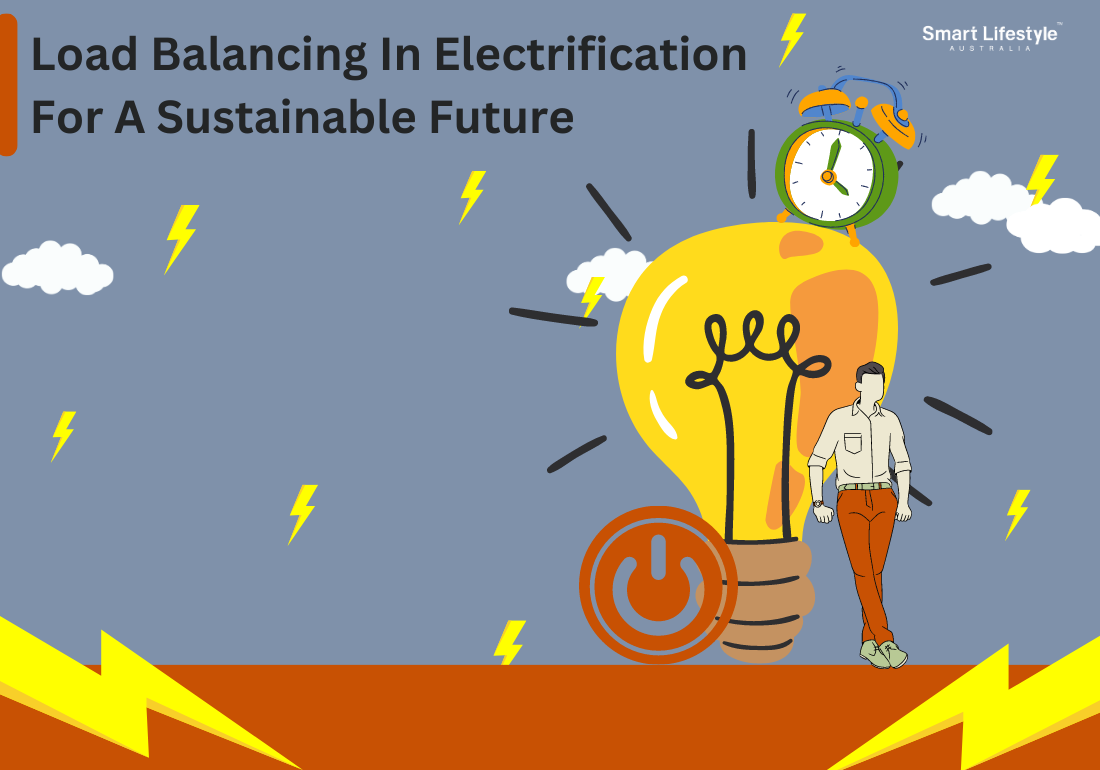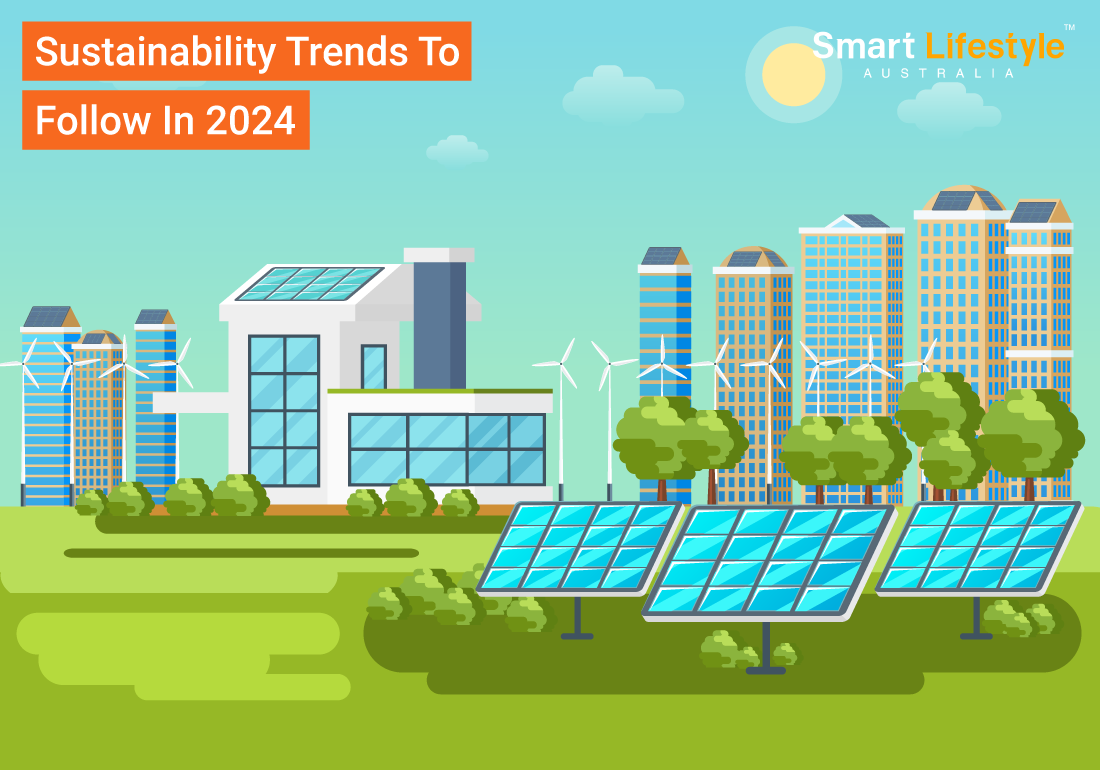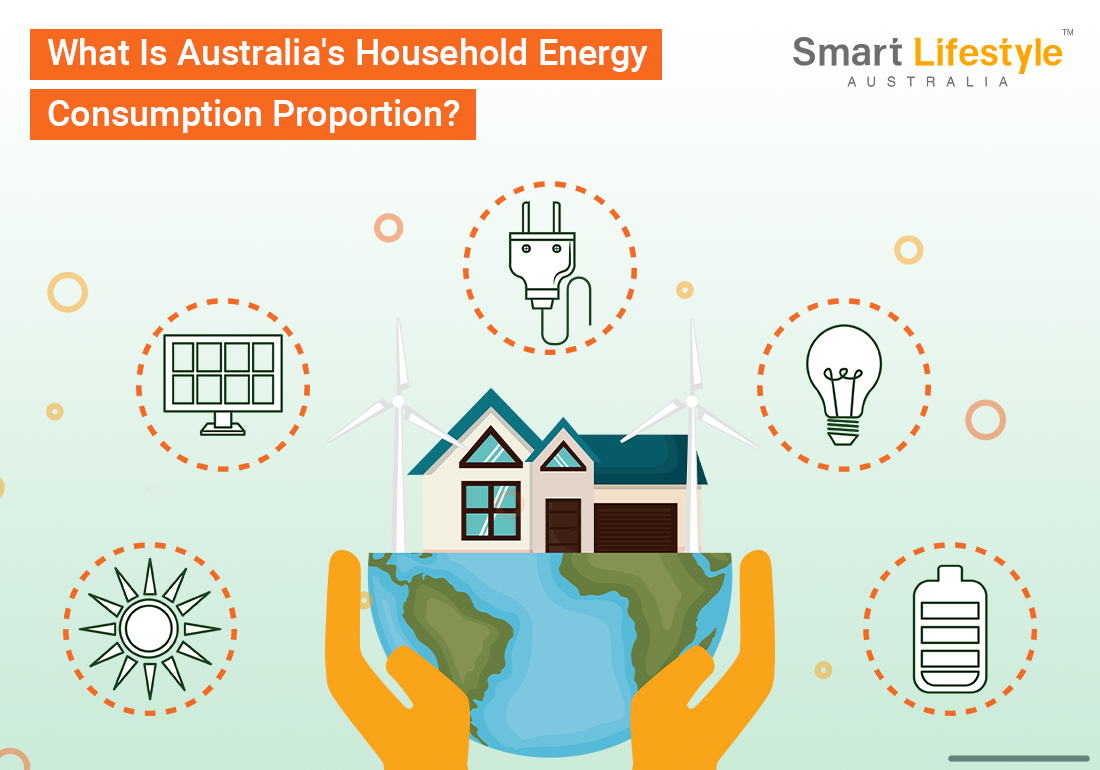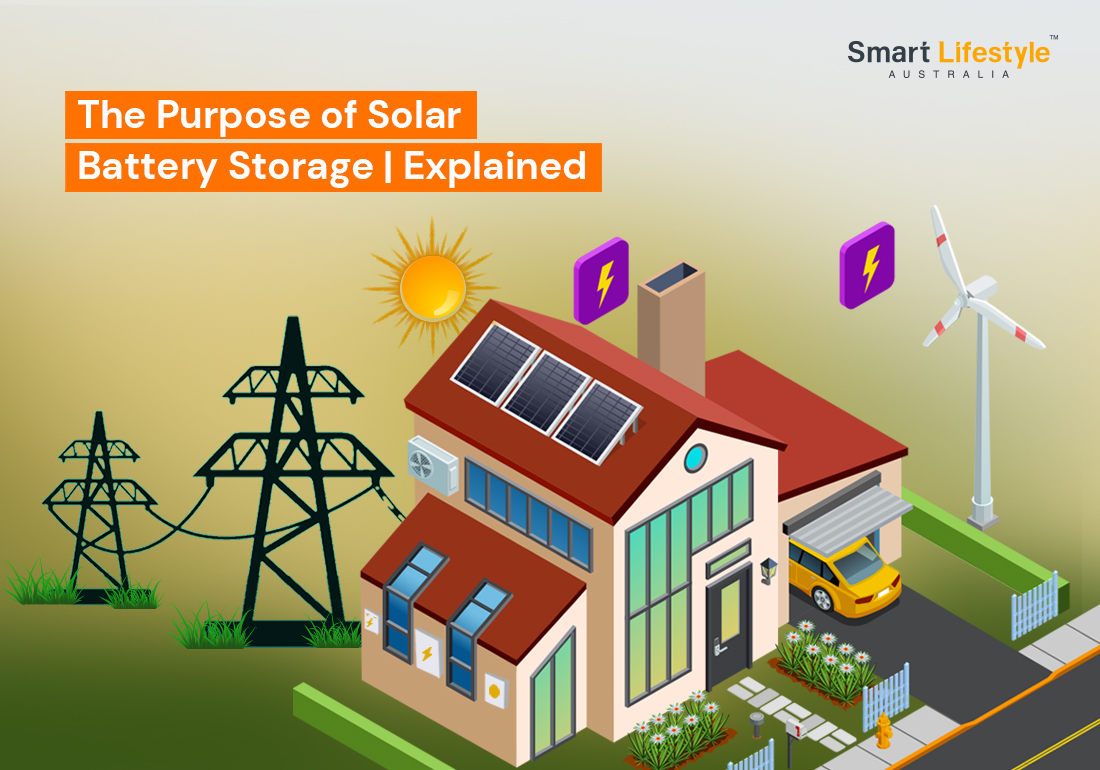As we transition towards a more sustainable future, the electrification of various sectors, including transportation, heating, and industrial processes, is becoming increasingly important.
However, this shift brings a unique set of challenges, one of which is load balancing. That’s why today we will discuss the importance of load balancing in electrification, highlighting its role in ensuring efficiency, reliability, and sustainability.
What is Load Balancing?
Load balancing, load matching, or daily peak demand reserve applies various techniques at electrical power stations to save extra electrical power during periods of low demand.
This stored energy is then released when demand increases. The ultimate goal is to achieve a load factor 1 in the power supply system. The storage can be distributed and involve the customers themselves.
For instance, storage heaters can operate on demand-response tariffs. A vehicle-to-grid system can utilise storage from electric vehicles during peak hours and restore it during off-peak periods.
To encourage consumer participation, incentives and cheaper rates for off-peak electricity are typically offered.
Load balancing shares many advantages with three-phase PDUs. The current draw will be evenly spread across the three-phase line when a load is almost perfectly balanced.
This balanced distribution results in having more power. In simple terms, achieving a balanced load across all three lines allows for more available electricity.
However, it’s essential to know that load balancing can be challenging too. Estimating the expected power consumption for each device is necessary to achieve a balanced load. Which also ensures that the circuits are evenly utilised.
Additionally, dealing with devices that require two power supplies adds complexity as multiple circuits come into play.
Balancing Electrical Loads
Balancing electrical loads is crucial to organising the circuits in a home’s electrical system. Electricians handle this when setting up a new service panel, rewiring a house, or adding circuits during a renovation.
Simply put, a service panel has two sides. And balancing the load means distributing the circuits evenly between these sides so that the power draw is about the same.
When there’s a significant power draw difference between the two sides of the panel, it creates an unbalanced load. It can lead to overheating of electrical units and potentially overload the panel.
In most average Aussie homes, the electrical service is single-phase, three-wire, with two “hot” wires carrying 120 volts each and a grounded “neutral” wire. Circuit breakers for different household circuits snap into the panel and connect to one or both hot bus bars.
Single-pole breakers secure to one bus bar and supply 120 volts. On the other hand, double-pole breakers connect to both and provide 240 volts.
Each circuit breaker has an amperage rating indicating its maximum load capacity. Balancing the loads in the service panel is primarily based on this amperage rating.
Additionally, the type of electrical equipment and its typical usage patterns influence the load balance. The goal is to have equal amperage drawn on both legs of the panel for safety and energy efficiency.
Breaker placement in the panel determines which leg each circuit draws from. Double-pole breakers are automatically balanced since they connect to both legs. It is also known as load balancing in electrification.
Hence, during circuit layout, the aim is to achieve roughly equal amperage draw on both legs of the panel to ensure balanced electrical loads, promoting safety, energy efficiency, and overall reliable performance.
Understanding Load Balancing in Electrification
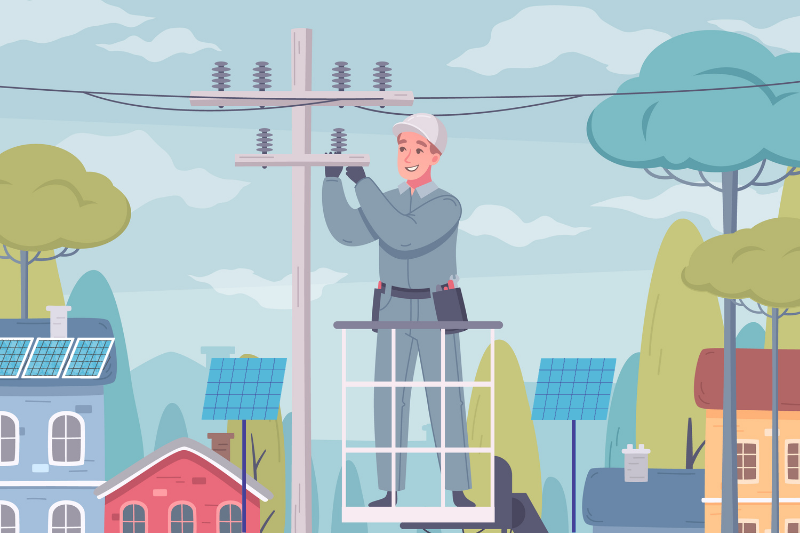
Load balancing, in electrification, refers to evenly distributing electrical power across various sectors to prevent overloading and ensure smooth operation.
It’s a critical part of power management that helps maintain the grid’s stability, especially when incorporating more renewable energy sources and electric vehicles (EVs).
Load balancing plays a vital role in electrification. It is a necessary process involving equitable electrical power distribution across different sectors.
The primary objective of load balancing is to prevent any overloading and to ensure the smooth and efficient operation of the entire electrical grid. As we progress towards a more sustainable energy future, load balancing becomes critical for maintaining grid stability.
In electrification, load balancing is a sophisticated mechanism that optimises all electrical resources. Distributing power evenly across various sectors helps avoid strain on specific grid parts with excessive demand.
Such uneven distribution of electricity could lead to local power shortages or blackouts, hampering the reliability of the entire power system.
One significant challenge in electrification is the inconsistency of energy demand across different periods. During peak hours, when electricity consumption increases, load balancing ensures the power grid can handle the load effectively.
Similarly, excess electrical power can be stored strategically for later use during low-demand periods. And it will help balance the energy supply throughout the day.
With the increasing integration of renewable energy sources like solar and wind, load balancing becomes even more intricate. These sources generate extra power at certain times while being less productive during others.
Effectively managing this inconsistent input requires load-balancing techniques to distribute and store energy appropriately. Because later, it will ensure a consistent and reliable power supply with the support of renewables.
Furthermore, electric vehicles add another layer of challenge to load balancing. EV charging patterns can significantly impact local grids. Load balancing strategies must apply to the charging behaviour of these vehicles. And which aims to optimise the charging schedules to avoid grid pressure during peak hours.
As electrification advances, the importance of load balancing will continue to grow. With the support of advanced technologies, data analytics and intelligent control systems will become essential for efficient load distribution and grid stability.
Moreover, promoting energy efficiency and incentivising consumer demand response programs can aid load-balancing efforts.
By strategically managing and distributing electrical power across sectors, we can prevent overloading, maintain grid stability, and pave the way for a sustainable and resilient energy future.
The Importance of Load Balancing
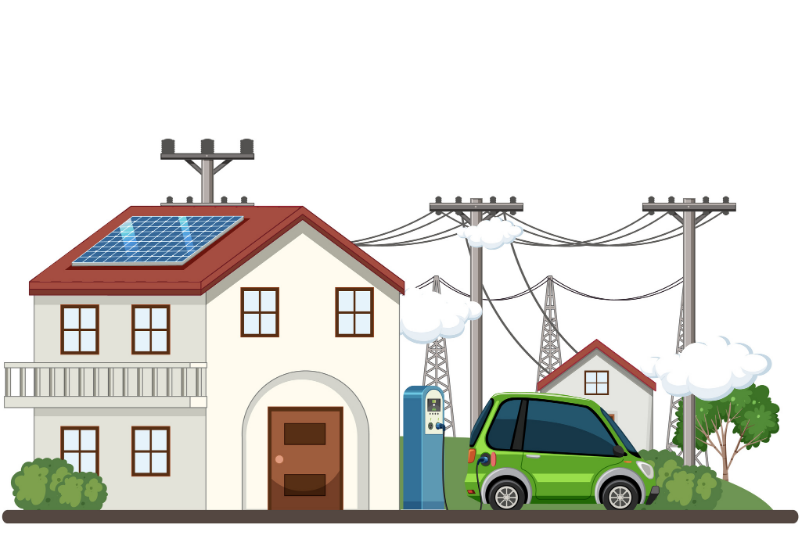
Ensuring Grid Stability
As we electrify more sectors, the demand for electricity surges. This increased demand can lead to power outages and grid instability without proper load balancing. Load balancing helps manage this demand, ensuring the power supply is evenly distributed and the grid stable.
Facilitating the Integration of Renewable Energy
Promoting Energy Efficiency
Load balancing also promotes energy efficiency. Ensuring that power is evenly distributed prevents wastage and helps conserve energy. This is particularly important in an era where energy efficiency is not just a cost-saving measure but also a crucial step toward reducing carbon emissions.
Supporting the Adoption of Electric Vehicles
Importance of Load Balancing for a Sustainable Future
It is impossible to overestimate the significance of load balancing in the context of a sustainable future. Load balancing is critical in ensuring our power grids’ reliability, efficiency, and stability as we transition to cleaner and more renewable energy sources.
Unlike traditional fossil-fuel-based power plants, renewables are still affected by weather and other environmental factors. As a result, their output varies throughout the day.
Load balancing offers an ingenious solution to this problem. During high renewable energy production periods, load balancing techniques allow excess power to be stored efficiently.
This stored energy can be released when demand rises, or renewable energy generation is lower, ensuring a steady and uninterrupted power supply.
Furthermore, load balancing promotes the integration of electric vehicles (EVs) into the energy ecosystem. As EV adoption continues to rise, the demand for electric charging will increase.
With proper load balancing strategies, the regular charging of EVs during peak hours could maintain local grids and lead to inefficiencies. Load balancing helps mitigate the issue by optimising charging schedules for EVs.
It encourages charging during off-peak hours when electricity demand is lower, and grid capacity is more abundant. Which also benefits the power grid’s overall stability and makes EVs a more viable and sustainable transportation option.

For a sustainable growth, load balancing facilitates the development of demand response programs. These programs incentivise consumers to adjust their electricity consumption based on grid conditions and energy prices.
By actively empowering consumers to participate in load-balancing efforts, the power grid can adapt to fluctuations in renewable energy generation more effectively.
Consumers can be encouraged to shift their energy-intensive tasks to higher renewable energy availability periods. And it reduces the dependence on fossil fuel-based power plants during peak hours.
Moreover, load balancing enables the integration of energy storage solutions, such as batteries. These storage technologies play a critical role in enhancing grid resilience and flexibility.
Excess renewable energy generated during low-demand hours can be efficiently stored in batteries for later use when demand increases. It maximises the utilisation of renewable energy and reduces the need for backup power from conventional sources during peak hours.
In conclusion, load balancing is an anchor for achieving a sustainable energy future. By optimally managing the distribution of electricity, load balancing addresses the challenges of renewable energy sources and the growing demand for electric vehicles.
It empowers the power grid to adapt to varying energy generation and consumption patterns, ensuring a reliable and stable electricity supply. Through load balancing, we can efficiently harness renewable energy, reduce carbon emissions, and build a more sustainable and resilient energy ecosystem for generations to come.
We must recognise the importance of load balancing as we move toward a more electrified and sustainable future. It’s an essential part of ensuring grid stability, integrating renewable energy, promoting energy efficiency, and encouraging the use of electric vehicles.
We can provide a smooth energy transition to electrification by prioritising load balancing toward a more sustainable and efficient future.
